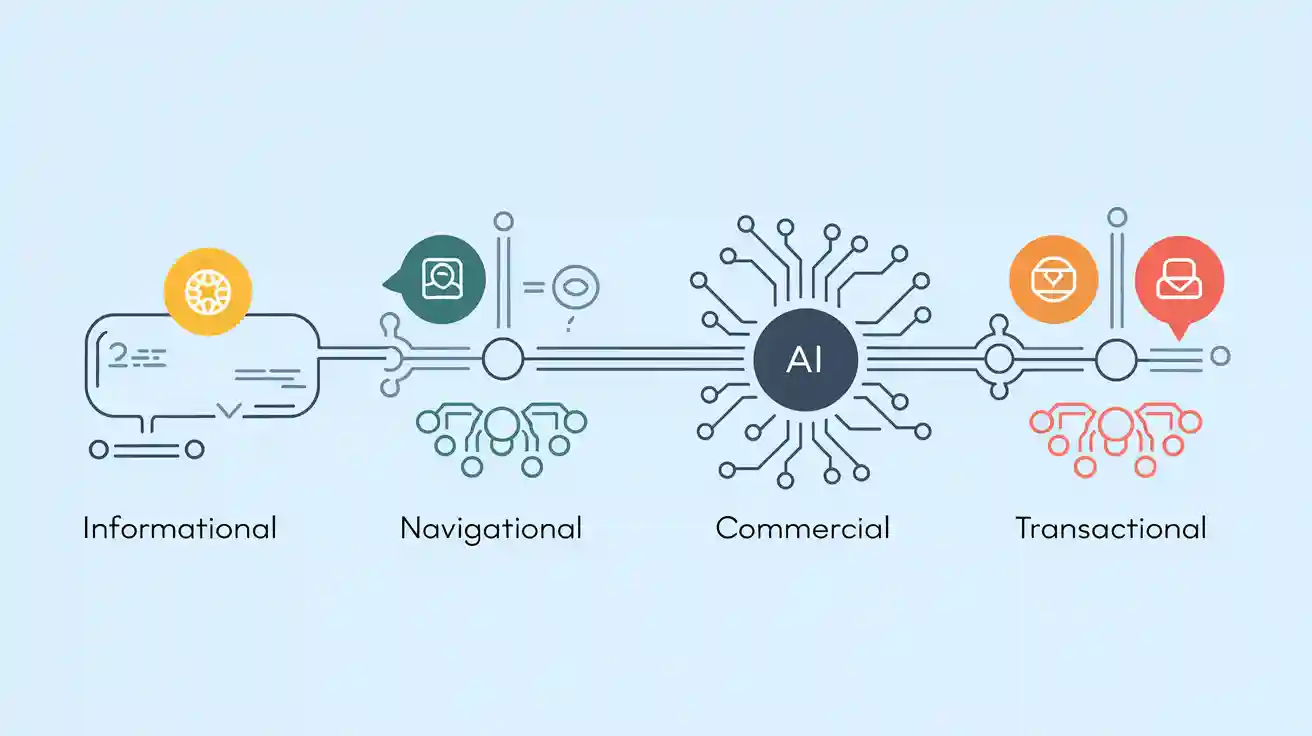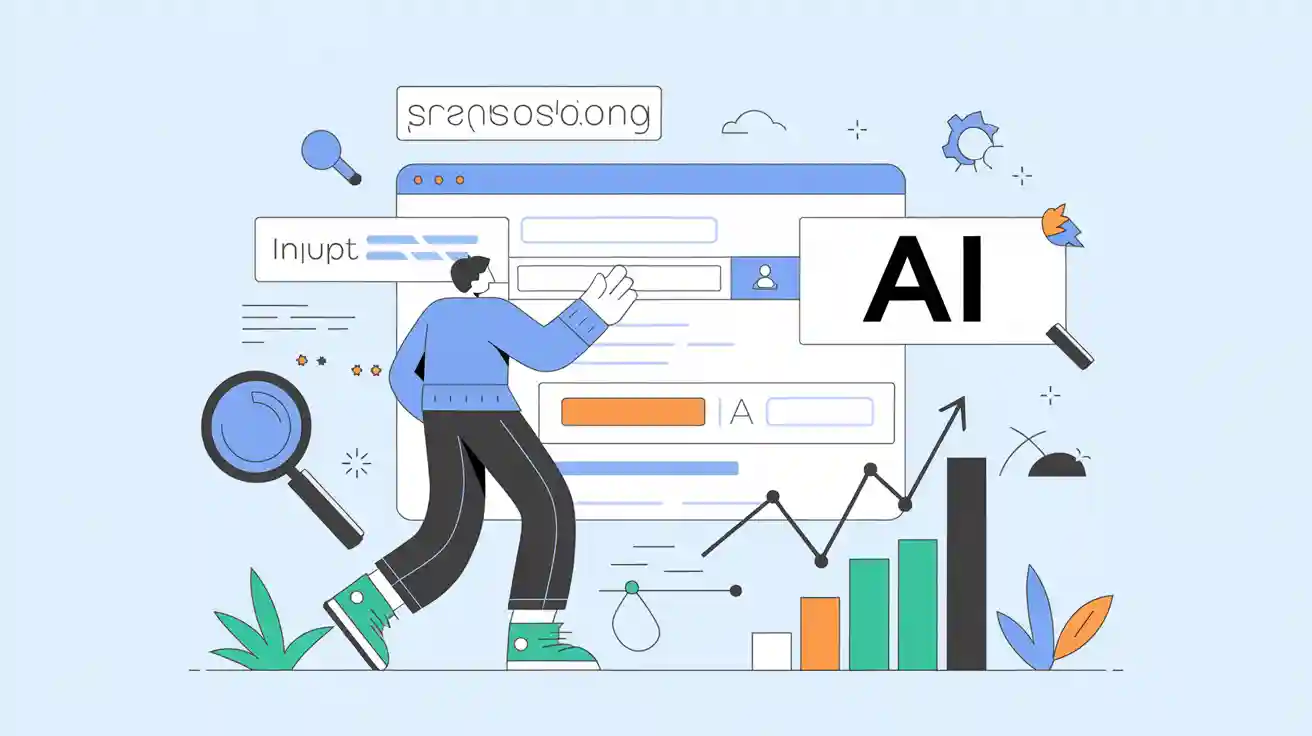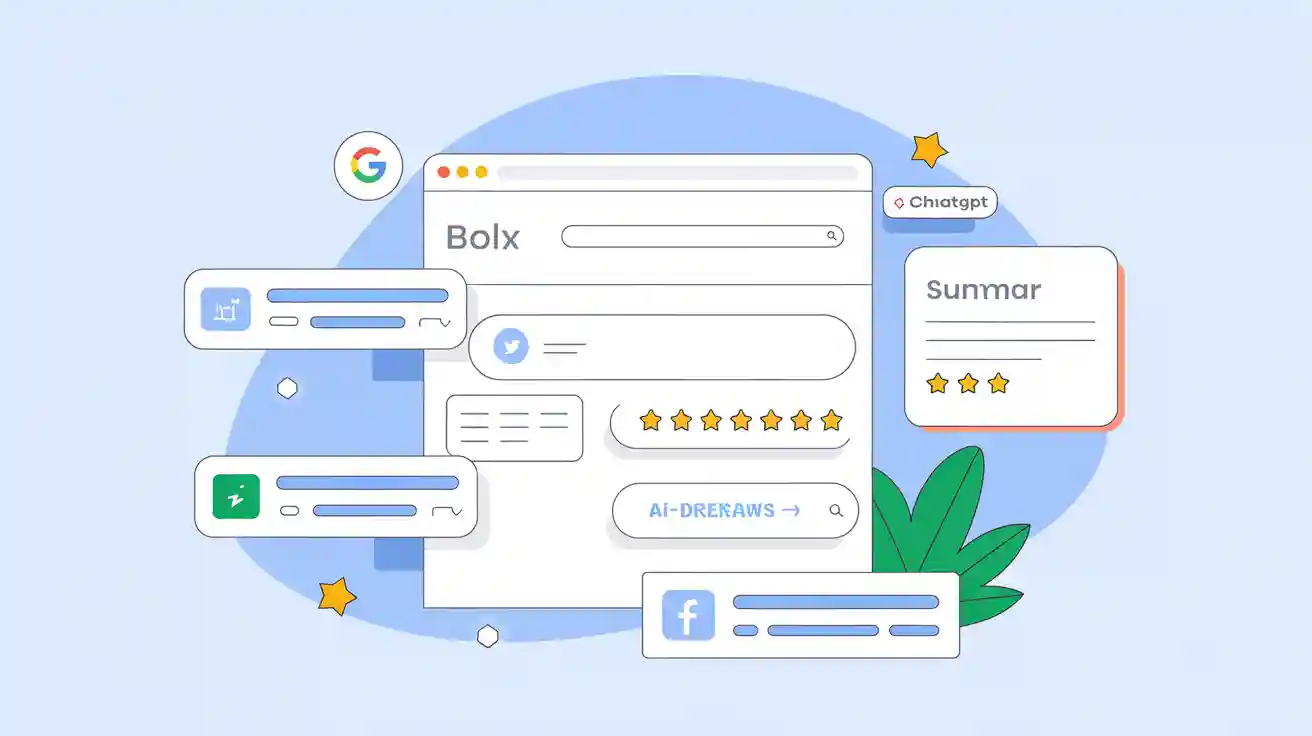What Is Search Intent? Definition, Types & AI Search Optimization Guide
Discover what search intent means, its main types (informational, navigational, commercial, transactional), and how AI is transforming intent recognition. Learn how to optimize content and brand visibility for AI-powered search engines like ChatGPT and Google AI Overview. Includes real-world applications and actionable SEO strategies.


One-Sentence Definition
Search intent is the underlying goal or motivation that drives a user to enter a query into a search engine or AI-powered answer engine, such as Google, ChatGPT, or Perplexity.
Detailed Explanation
Search intent—sometimes called user intent or audience intent—reflects the “why” behind every search query. It answers the question: What is the user really hoping to achieve? Traditionally, search engines relied on keyword matching, but modern AI-driven systems use natural language processing (NLP), machine learning, and behavioral analysis to interpret the deeper meaning and context of queries (SEMrush, Search Engine Land).
With the rise of generative AI and conversational search, intent recognition has become more sophisticated. AI models now analyze not just the words, but also user context (location, device, history), emotional tone, and even multimodal signals (text, image, voice). This enables search engines and answer engines to deliver highly relevant, personalized results—even for complex or ambiguous queries (Creaitor).
Key Components of Search Intent
Search intent is typically categorized into four main types:
Informational: The user wants to learn something (e.g., “how does AI search work?”).
Navigational: The user is looking for a specific website or page (e.g., “Geneo login”).
Commercial Investigation: The user is researching products or services before making a decision (e.g., “best AI SEO tools 2024”).
Transactional: The user is ready to take action, such as making a purchase or signing up (e.g., “buy Nike running shoes online”).
In AI-powered search, these categories often overlap, and queries may express mixed or evolving intent. Additionally, the concept of prompt intent—the specific instruction given to a generative AI—has emerged, further blurring the lines between traditional search and conversational AI.
Real-World Applications
Understanding and optimizing for search intent is crucial for SEO, content marketing, and digital strategy. Here’s how it plays out in practice:
SEO & Content Optimization: Aligning content with user intent increases relevance, engagement, and rankings. For example, informational queries are best served with in-depth guides, while transactional queries require clear calls to action and streamlined checkout flows.
AI Search Engines: Platforms like ChatGPT and Google AI Overview use advanced intent recognition to deliver personalized, context-aware answers.
Brand Visibility: Tools such as Geneo leverage AI to monitor, analyze, and optimize brand presence for intent-driven queries across multiple platforms. Geneo’s features—like AI sentiment analysis, prompt history tracking, and trend insights—help brands adapt content to match evolving user intent, boosting visibility in AI-powered search results.
E-commerce & Personalization: AI-driven product recommendations and dynamic landing pages are tailored to match the user’s current intent, increasing conversion rates.
Related Concepts
User Intent: The broader motivation behind any online action, not just search.
Keyword Intent: The specific purpose inferred from the keywords used in a query.
Prompt Intent: The goal or instruction given to a generative AI (e.g., “summarize this article”).
SERP (Search Engine Results Page): The page displaying results, often shaped by intent signals.
Content Relevance: The degree to which content matches the user’s intent and expectations.
For a deeper dive into how AI is transforming search intent and actionable strategies for brands, explore AI and Search Intent: Decoding User Behaviors and Search Intent in SEO: The Ultimate Guide.
Ready to optimize your brand’s AI search visibility? Try Geneo and take control of your intent-driven presence across ChatGPT, Google AI Overview, and more.




